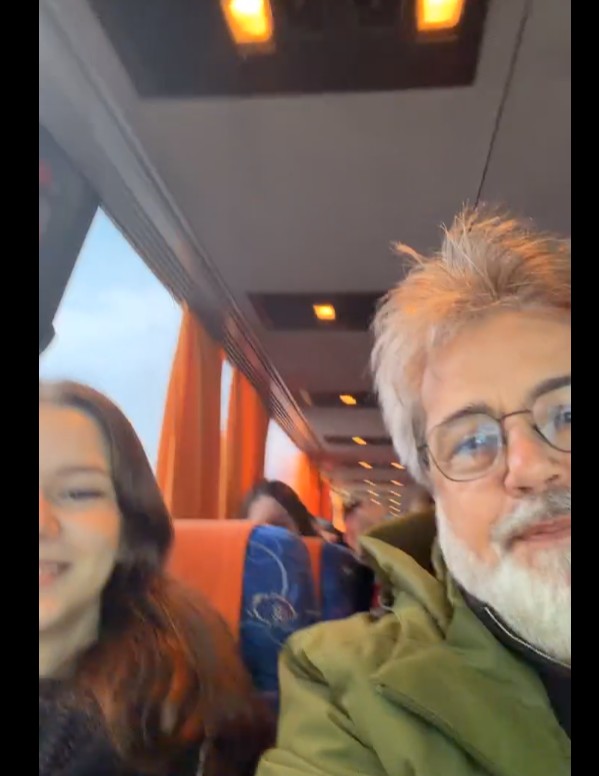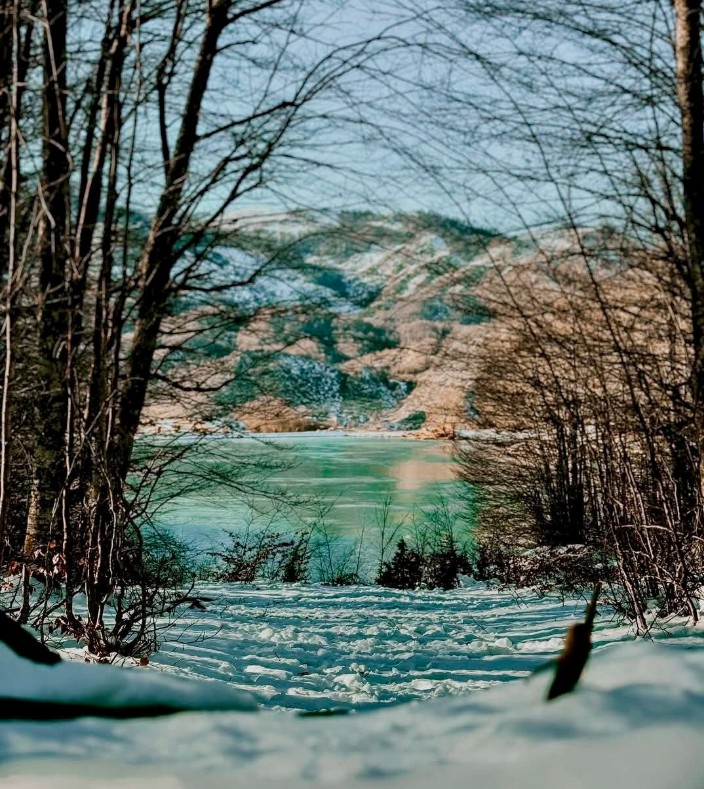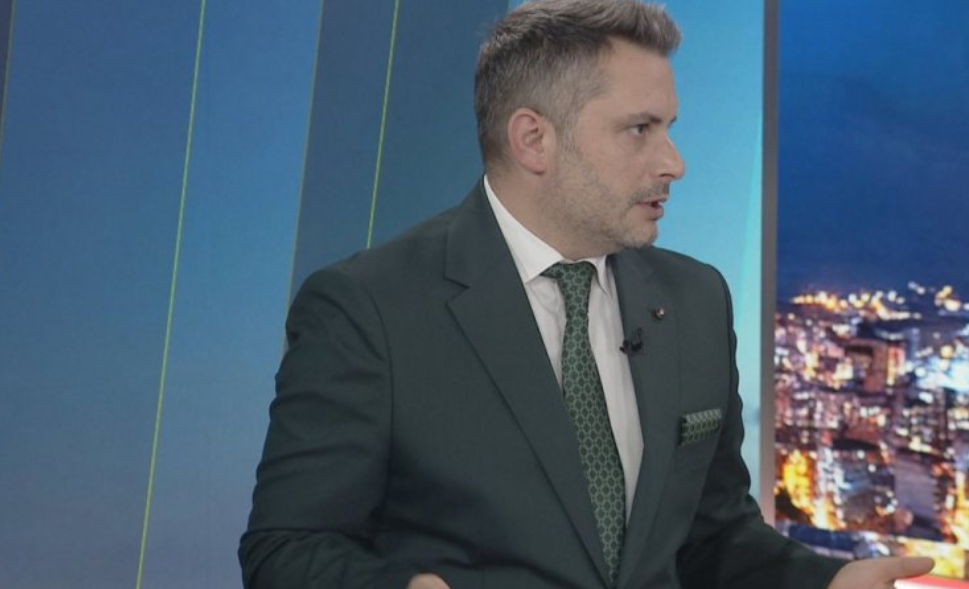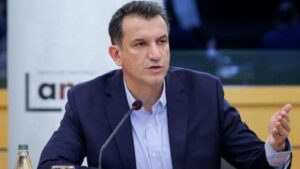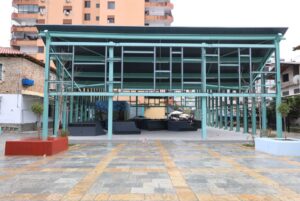Athens Presentation Shows Competing Gas Pipelines

According to Maniatis comments at the Center for Strategic and International Studies in D.C., Greece wants to see a gas pipeline going through her territory and along the proposed route of the Russian backed South Stream pipeline, as well as the Trans-Adriatic Pipeline (TAP) that will connect Greece to Albania and Italy.
Maniatis didn’t mention Macedonia in his lecture, but the map he presented to illustrate this ambitious plan, clearly shows a line connecting the TAP pipeline with Macedonia.
The key question, Maniatis conceded before the US audience, is where is all this natural gas going to come from? Part of the answer lies in Azeri gas, that should be transported through Gruzia and Turkey, via the proposed Trans – Anatolian Pipeline (TANAP). The rest should come through ship transported liquefied natural gas, that would be unloaded and regasified in Greece. Maniatis proposed that one such floating storage and regasification plant is placed close to the Greek port of Kavala, in the north of the country, on the shore of the Aegean.
– Greece has a total of 12 PCI – projects of common interest – which are key for Europe and for the creation of an integrated South-East European energy market. Our PCI’s will enable the supply of energy from diverse source, coming through Greece. We would like to build a network like the one in the North of Europe, where the market is highly integrated and therefore has gas prices that are on average 35 percent lower than ours, Maniatis said.
One of the projects Maniatis says that Greece will ask to be supported by the European Union is an inter-connector pipeline between Greece and Bulgaria, which, while only 180 kilometers long, would be a gateway for gas for central Europe. It would connect the proposed TANAP – TAP projects, spanning from Azerbaijan to Italy with Bulgaria, and would enable a northern link, toward Romania, Serbia, Hungary and other central European countries. These countries had their sights on the Russian backed South Stream project, as the fastest and most realistic energy development in the eastern Balkans, but the fate of the South Stream hangs in the balance after the European Union has effectively banned its construction.
Maniatis says that the inter-connector with Bulgaria would be able to supply all countries that were supposed to be part of the South Stream with the Azeri provided TANAP – TAP gas.
Still, the main direction of the Azeri gas is westwards, along the ancient Via Egnatia corridor, but avoiding Macedonia and going side by side with the Greek – Macedonian border, then into Albania and through a line under the Ionian Sea into Italy. This pipeline could have a supply pipe for Macedonia, however South Stream was supposed to supply Macedonia through Serbia or Bulgaria.
Greece lobbies strongly to be a major player in the future supply of the European Union with energy, including with the potential oil and gas finds that lie below the bottom of the Mediterranean Sea between Israel and Cyprus. But, these reserves can’t be used at the moment, because of the political issue over the fate of the divided island of Cyprus.
Another significant Greek project would be the regasification plant near Kavala. Maniatis pointed out that in the wider region there is only one LNG plant – on the Revithoussa islet near the Athenian port of Pireaus. Having another terminal, near Kavala, would enable greater imports of liquefied natural gas from exporting countries such as Qatar, Yemen or Algeria, that could replace part of the Russian gas used to supply Europe.
In conclusion, the fiasco in Ukraine is a result of US jostling to secure the vast pipeline system available there and the TAP system going through Greece while removing Russia from the picture. However, since the Russians are far from being idiots, they won’t let the Americans take over their back yard.
 KOHA JONË SONDAZH
KOHA JONË SONDAZH










